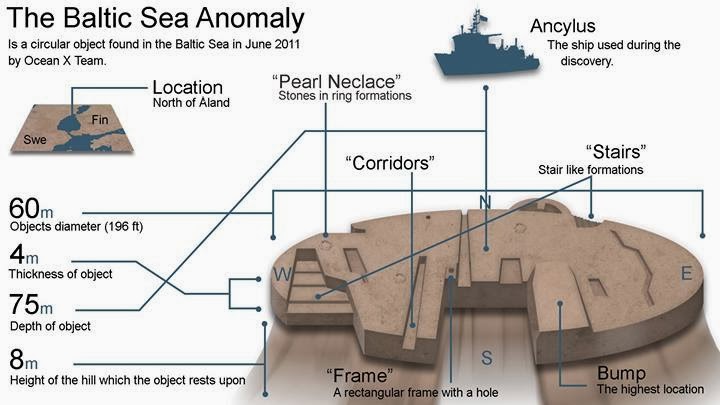
Even quite late in the century, the eminent authority Matthew Fontaine Maury included a description of the Open Polar Sea in his textbook The Physical Geography of the Sea (1883). In the United States in the 1850s and 1860s, the explorers Elisha Kane and Isaac Israel Hayes both claimed to have seen part of this elusive body of water. John Barrow, longtime Second Secretary of the British Admiralty, promoted exploration of the region from 1818 to 1845 in search of this. In England and other European nations, the myth of an "Open Polar Sea" was persistent. This lack of knowledge of what lay north of the shifting barrier of ice gave rise to a number of conjectures. The makers of navigational charts, more conservative than some of the more fanciful cartographers, tended to leave the region blank, with only fragments of known coastline sketched in. The few expeditions to penetrate much beyond the Arctic Circle in this era added only small islands, such as Novaya Zemlya (11th century) and Spitsbergen (1596), though since these were often surrounded by pack-ice their northern limits were not so clear. The fervent desire of European merchants for a northern passage to " Cathay" ( China) caused water to win out, and by 1723 mapmakers such as Johann Homann featured an extensive "Oceanus Septentrionalis" at the northern edge of their charts. The US National Snow and Ice Data Center (NSIDC) uses satellite data to provide a daily record of Arctic sea ice cover and the rate of melting compared to an average period and specific past years.Įmanuel Bowen's 1780s map of the Arctic features a "Northern Ocean".Įarly cartographers were unsure whether to draw the region around the North Pole as land (as in Johannes Ruysch's map of 1507, or Gerardus Mercator's map of 1595) or water (as with Martin Waldseemüller's world map of 1507). The summer shrinking of the ice has been quoted at 50%.

The Arctic Ocean's temperature and salinity vary seasonally as the ice cover melts and freezes its salinity is the lowest on average of the five major oceans, due to low evaporation, heavy freshwater inflow from rivers and streams, and limited connection and outflow to surrounding oceanic waters with higher salinities.

Alternatively, the Arctic Ocean can be seen as the northernmost part of the all-encompassing World Ocean.Īlmost completely surrounded by Eurasia and North America, the Arctic Ocean is partly covered by sea ice throughout the year (and almost completely in winter). The International Hydrographic Organization (IHO) recognizes it as an ocean, although some oceanographers call it the Arctic Mediterranean Sea or simply the Arctic Sea, classifying it a mediterranean sea or an estuary of the Atlantic Ocean. The Arctic Ocean, located in the Northern Hemisphere and mostly in the Arctic north polar region, is the smallest and shallowest of the world's five major oceanic divisions. A bathymetric/ topographic of the Arctic Ocean and the surrounding lands.


 0 kommentar(er)
0 kommentar(er)
